The U.S. Navy expects its sixth-generation fighter to enter service in the 2030s, bringing with it the ability to operate alongside drones and fly missions at long ranges — capabilities seen as essential for future conflict with China. The Navy’s ambitions, if realized, mean that the service may introduce its next-generation crewed fighter before the U.S. Air Force, which is now re-examining requirements for its new stealth combat jet, with the program on temporary hold. As it sits now, the Navy is late in the source selection process on who will build its next generation fighter and that decision could come soon.
Like the Air Force, the Navy is working on its sixth-generation fighter as part of a program named Next Generation Air Dominance (NGAD). The Navy crewed fighter is often referred to as the F/A-XX. The Navy is involved in direct cooperation with the Air Force’s program and both initiatives put crewed fighters at the center of a broader ‘system of systems’ that will also include advanced Collaborative Combat Aircraft (CCA) drones.
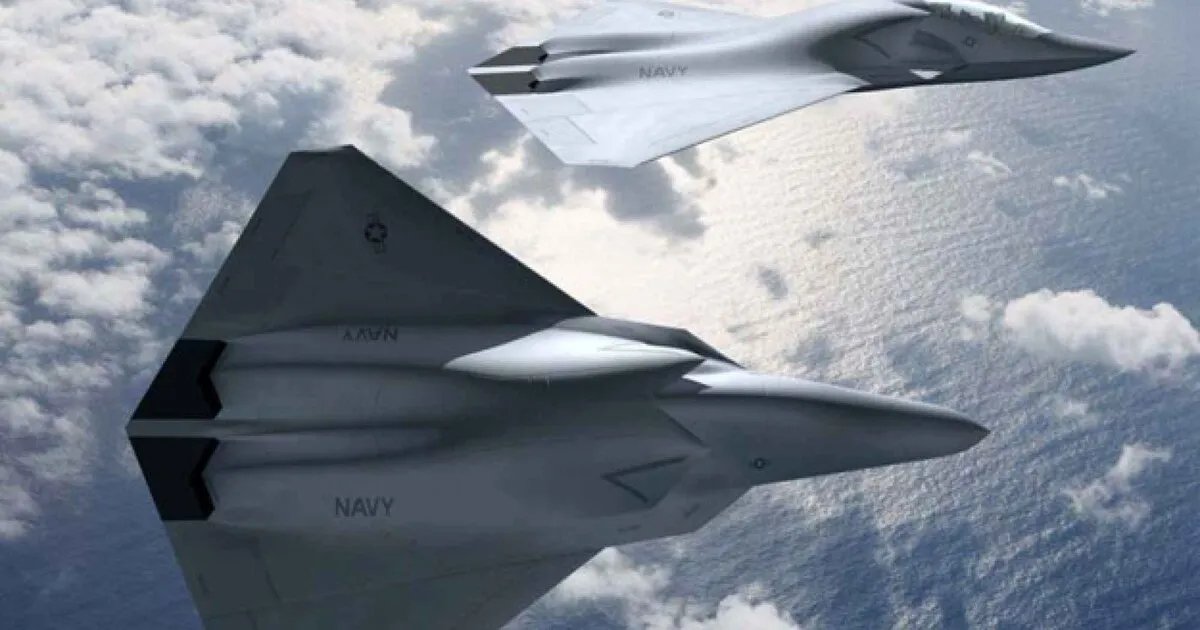
But increasingly the programs seem that they might be headed in differing directions, certainly as far as current timelines are concerned.
The Navy’s sixth-generation fighter will have “advanced sensors, advanced lethality, advanced range, and being able to integrate with manned and unmanned capabilities together,” according to Chief of Naval Operations (CNO) Adm. Lisa Franchetti, quoted in an article by Air & Space Forces Magazine. This matches what we previously knew about the initiative.
Based on what we know about the two services sharing some technology and even control capabilities for CCA drones, it’s not a surprise that Franchetti mentions the manned/unmanned integration. “That’s one of the things, as we learn from the Air Force and the work they’re doing, to integrate that with what we know that we need to be able to do,” she added.
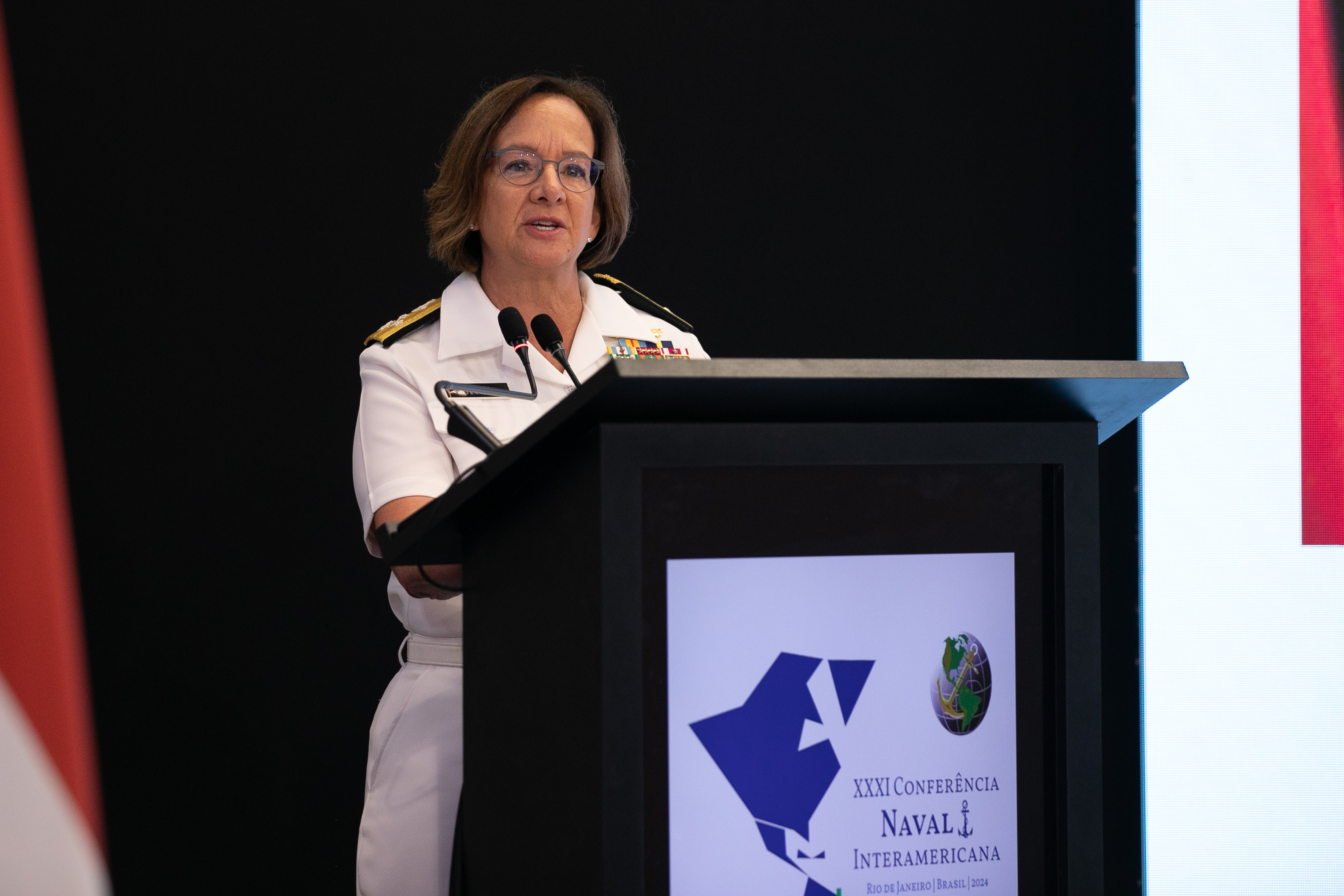
The mention of range is also particularly interesting.
Faced with the prospect of a potential future war in the Pacific with China and facing ever more advanced and further-reaching air defenses, as well as the vast distances involved in such a theater, long range was always seen as being one of the core capabilities of the Air Force’s NGAD fighter. That requirement is likely now being reassessed, although the Navy remains committed to it, according to Franchetti. Allowing for the carrier air wing to be able to reach relevant target sets and at a significant frequency while keeping the carrier itself at a safe distance from anti-ship and other anti-access capabilities is a glaring issue for the USN. Dramatically increasing the unrefueled combat radius of at least some of its fighters, which would be paired with CCAs with similar endurance, would go a long way to solving this problem.
The CNO added that the service plans to place a contract in time for the new fighter to enter service in the 2030s.
This is the same kind of timeline that was anticipated for the Air Force’s equivalent new stealth fighter, but the current situation could push that date further to the right.
Exactly how the Air Force’s NGAD fighter might be rescoped is unclear at this point and elements of the design have always been a tightly guarded secret anyway.
As it stands, however, the Air Force’s NGAD program is under deep review, and there may be significant revisions to better reflect what the service wants — or can afford — out of its next fighter. Above all, this situation has been driven by the realization that the highly advanced aircraft might cost three times as much as a new F-35 — upwards of $300 million per copy. The Air Force is now eying a far less expensive aircraft, coming in at roughly the same price as an F-35 or F-15EX does, at around $90 million to $100 million each.
You can read our deep dive into what this revised NGAD could look like here.
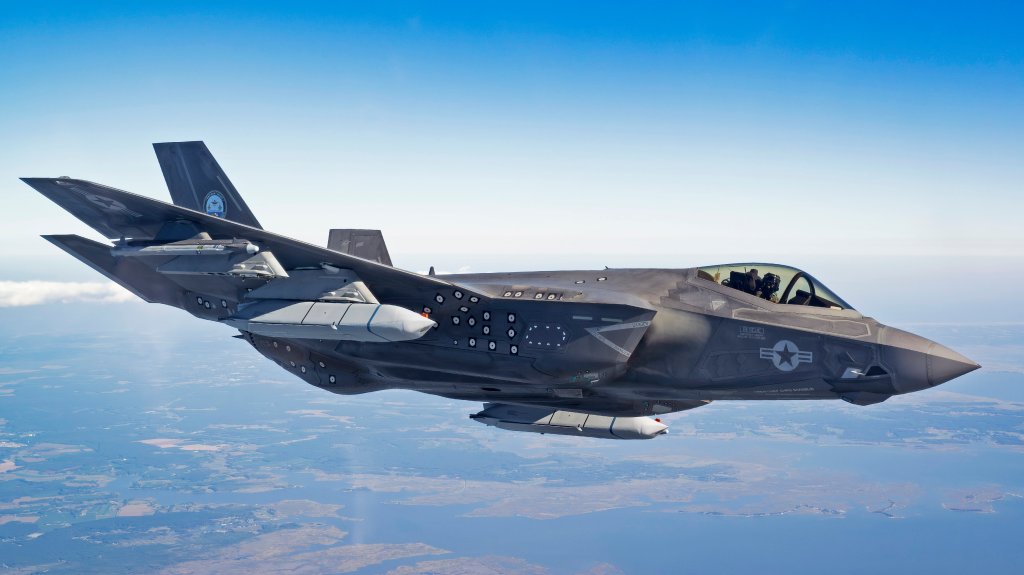
The Navy’s F/A-XX has also not been free of financial woes. As we reported back in the summer, the program’s budget, which was already set to be truncated, could be cut even more severely in the next fiscal year. Members of the Senate are proposing to give the service nearly 90 percent less funding than it asked for to support continued work on the new carrier-based fighter. ‘Black budgets’ also play a role in a program like this too.
Franchetti didn’t appear to mention those fiscal concerns, but the fact that she still said the service expects the aircraft to enter service in the 2030s makes it clear that the program remains a top priority. Still, it’s questionable just how achievable that goal is, and ‘2030s’ is a broad window to begin with.
Whether realistic or not, the Navy will first have to choose between Boeing, Lockheed Martin, and Northrop Grumman, which are currently in competition to provide the F/A-XX. Franchetti said that the service is now in the process of selecting which design to pursue. Meanwhile, it is understood that just Boeing and Lockheed Martin are perusing the USAF’s manned NGAD fighter tender, with Northrop Grumman dropping out of the competition in part to focus on the Navy’s program.
It was always considered likely that the F/A-XX would share a powerplant with the Air Force NGAD, using technology being developed under the Next Generation Adaptive Propulsion (NGAP) program. With that in mind, it’s possible that the Air Force reducing the goals of the NGAP program — in line with reductions in performance targets — could have a knock-on effect on the capabilities of the Navy’s NGAD fighter. Whether the Navy would be willing to take a performance hit on its fighter if it meant saving a lot of money, both in development costs and eventual production expenditures, is unclear.
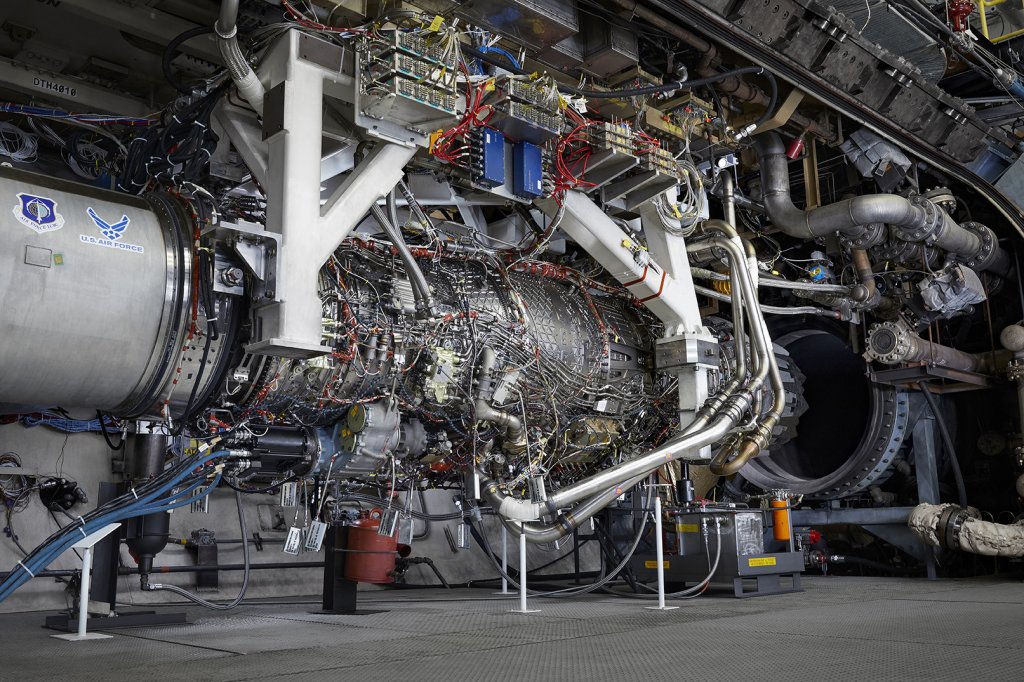
Aside from the cost factor now impacting decisions on the future of the Air Force NGAD program, there are increasing signs that the service is also reconsidering whether the crewed fighter concept, as understood up to now, is actually the best to meet emerging threats.
As far as we know, however, the Navy still expects its F/A-XX and its accompanying drones to replace its F/A-18E/F Super Hornet multirole fighters as well as its EA-18G Growler electronic attack jet, all part of reshaping a carrier air wing that could eventually feature as much as two-thirds uncrewed aircraft.
Intriguingly, however, Franchetti said that, while it’s important that the Navy and Air Force NGAD programs are aligned to some degree, this wasn’t the most critical factor in the Navy’s F/A-XX efforts.
Making an effort to distance F/A-XX from the current uncertainties around the Air Force’s NGAD is perhaps understandable, considering the pause on the latter program.
The Navy should have a much better idea of how the Air Force’s potential overhaul of its NGAD affects its program of the same name once the flying branch makes a decision on the path it wants to take for its sixth-generation fighter initiative. Such a decision is due to be made in the next few months.
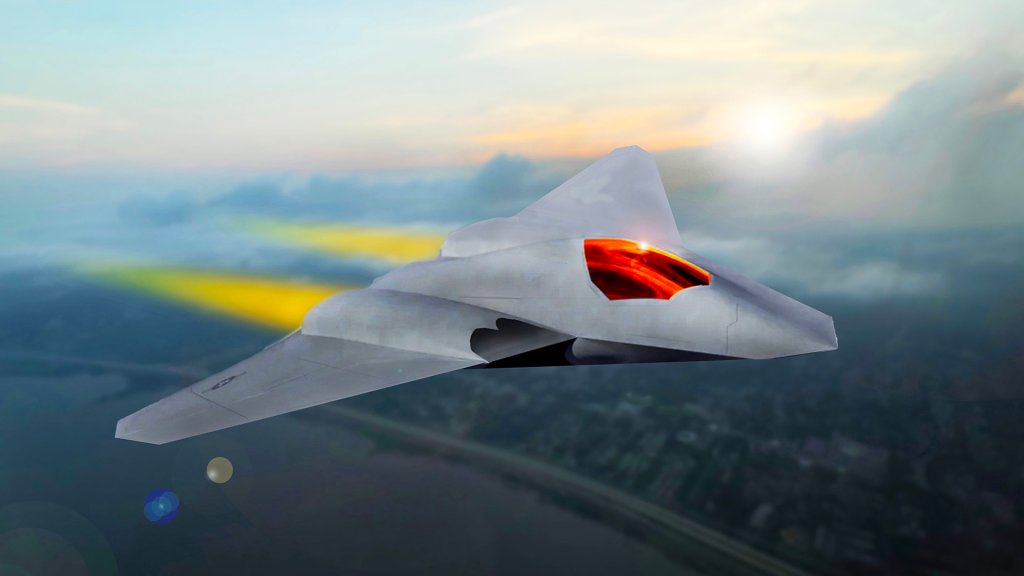
The Air Force has reiterated that it is committed to having a crewed stealth fighter at the heart of the wider NGAD initiative and that it will have a human pilot to start with, although an optionally crewed version might ultimately be developed too.
“I’m absolutely confident we’re still going to do a sixth-generation crewed aircraft,” Secretary of the Air Force Frank Kendall said in July of this year.
Even if the Air Force NGAD effort ends up taking a radically different approach to meeting the service’s future air combat requirements, that also doesn’t mean that the Navy will not be able to benefit from technologies and concepts spun off from that program or run collaboratively.
“I think more broadly, as all the services work together to make sure that they have complementary capability, ‘Where can we learn from each other?’” Franchetti asked. “Where can we leverage that learning so you can be more common in the future?”
While the Air Force NGAD initiative has been characterized by its secrecy, the equivalent Navy sixth-generation fighter program has been proceeding, if anything, even more in the shadows. It remains to be seen to what degree the pause on the Air Force program will affect the F/A-XX, but the release of any new details about the programs at this critical stage is of great interest, to say the least.
Contact the author: thomas@thewarzone.com
